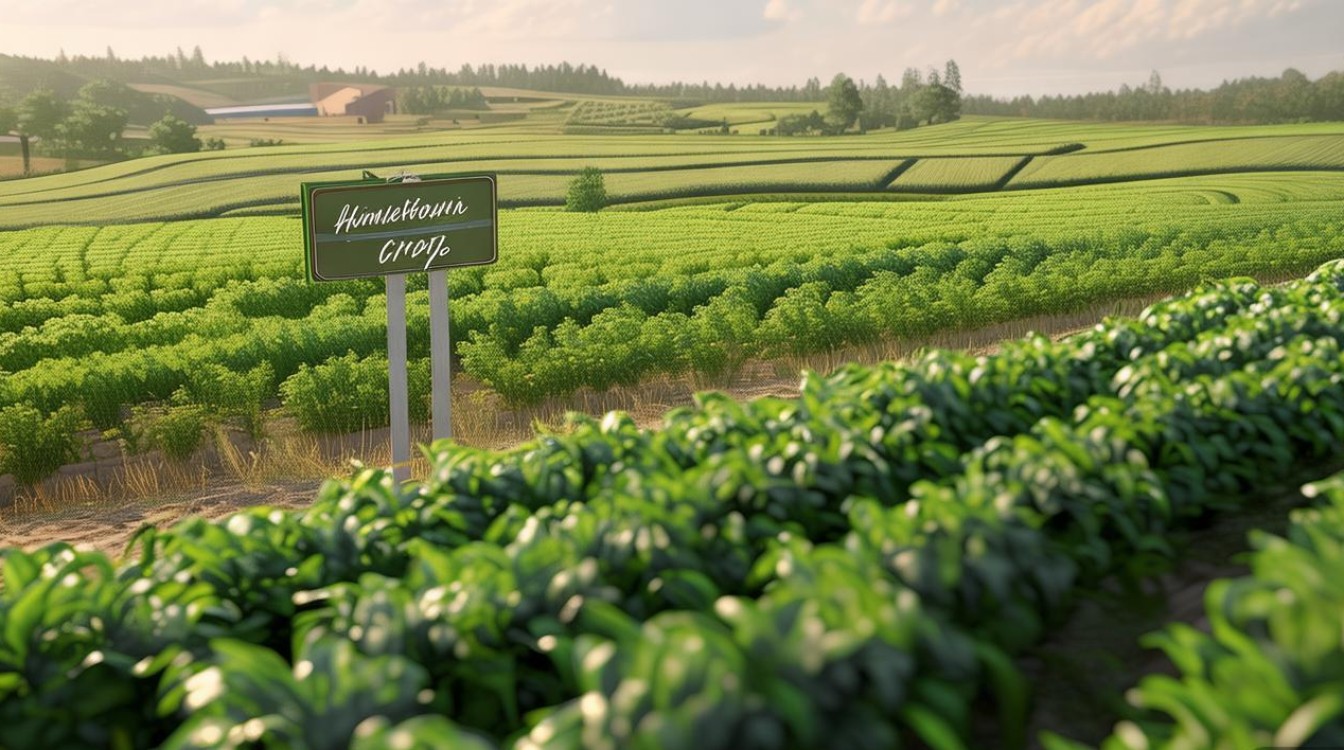Hometown Crops in IELTS Speaking
When discussing the topic of "hometown crops" in an IELTS Speaking test, candidates can provide a rich and detailed response by describing the types of crops grown in their region, their significance, and how they impact daily life. This topic allows test-takers to demonstrate vocabulary related to agriculture, economy, and culture while maintaining a natural flow. Below is a structured guide to help candidates craft a high-scoring response.

Introduction to Hometown Crops
Hometown crops refer to the agricultural products that are predominantly cultivated in a specific region, often shaped by climate, soil, and tradition. In many parts of the world, these crops form the backbone of the local economy and cultural identity. For instance, in my hometown, rice and wheat are the primary crops, reflecting the region's fertile plains and reliance on monsoon rains.
Types of Crops Grown
The variety of crops depends heavily on geographical and climatic conditions. Below is a table categorizing common crops based on regions:
| Region | Common Crops | Key Characteristics |
|---|---|---|
| Tropical Areas | Rice, Bananas, Sugarcane, Coffee | High rainfall, warm temperatures |
| Temperate Zones | Wheat, Corn, Potatoes, Apples | Four distinct seasons, moderate climate |
| Arid Regions | Dates, Olives, Cotton, Barley | Low rainfall, irrigation-dependent |
| Mountainous Areas | Tea, Quinoa, Potatoes, Fruits | Cooler temperatures, terraced farming |
In my hometown, the subtropical climate supports the cultivation of rice, wheat, and vegetables like cabbage and spinach. These crops are not only staple foods but also contribute to the local market economy.
Agricultural Practices
Traditional and modern farming methods coexist in many regions. While some farmers still rely on manual labor and age-old techniques, others have adopted mechanization and advanced irrigation systems. For example, in my hometown, tractors and threshers are commonly used for harvesting rice, whereas smaller-scale vegetable farming often involves hand tools.
Organic farming has also gained popularity due to increasing demand for chemical-free produce. Many local farmers now use natural fertilizers and pest control methods to ensure sustainability.
Economic Importance
Hometown crops play a crucial role in the economy by:
- Providing Livelihoods: A significant portion of the population depends on farming for income.
- Supporting Industries: Processing units (e.g., rice mills, flour mills) add value to raw crops.
- Export Revenue: High-demand crops like tea, coffee, and spices contribute to foreign exchange earnings.
In my region, rice is a major export, generating substantial revenue and creating jobs in logistics and trade.
Cultural Significance
Crops are often intertwined with cultural traditions and festivals. For instance:
- Harvest Festivals: Many regions celebrate the end of the harvesting season with communal feasts and rituals.
- Culinary Heritage: Local cuisine heavily features native crops, making them a source of pride.
- Symbolism: Certain crops, like rice in Asian cultures, symbolize prosperity and fertility.
In my hometown, the "Pongal" festival marks the rice harvest, where families prepare sweet dishes made from freshly harvested grains.
Challenges Facing Local Farmers
Despite their importance, farmers face several challenges:
- Climate Change: Unpredictable weather patterns, droughts, and floods affect crop yields.
- Pests and Diseases: Infestations can lead to significant losses if not managed properly.
- Market Fluctuations: Prices of crops vary due to demand and supply imbalances, impacting farmers' incomes.
- Lack of Modern Technology: Small-scale farmers may struggle to afford advanced equipment.
To mitigate these issues, governments and NGOs often provide subsidies, training, and access to better seeds and irrigation facilities.
Future Prospects
The future of hometown crops lies in sustainable and innovative practices:
- Precision Farming: Using drones and sensors to optimize water and fertilizer use.
- Crop Diversification: Growing high-value crops to reduce economic risks.
- Agroforestry: Integrating trees with crops to improve soil health and biodiversity.
By embracing these methods, farmers can ensure long-term productivity while preserving the environment.
FAQs
How can I describe my hometown crops in IELTS Speaking Part 1?
In Part 1, keep your answer concise and personal. For example:
"In my hometown, the main crops are rice and wheat. We have a lot of paddy fields, and many families depend on farming for their livelihood. The rice here is particularly famous for its fragrance and is exported to other countries."
What vocabulary should I use to talk about agriculture in IELTS Speaking?
Use specific terms related to farming, such as:
- Irrigation (watering crops)
- Harvest (gathering crops)
- Fertilizer (substance to enrich soil)
- Yield (amount of crop produced)
- Sustainable farming (eco-friendly agricultural practices)
By incorporating these words naturally, you can demonstrate a strong command of topic-related vocabulary.
This structured approach ensures that candidates cover all essential aspects of "hometown crops" while maintaining clarity and coherence, which are key to achieving a high band score in IELTS Speaking.











